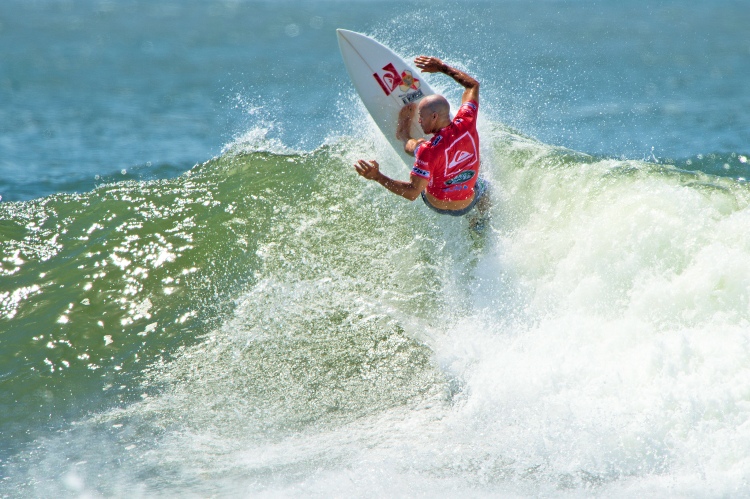Frontside snaps are a classic intermediate surfing maneuver in which the surfer comes off the bottom turn, quickly attacks the lip in the right section, and keeps riding the wave face.
Contemporary surfing requires speed, power, and flow.
After understanding how a wave should be ridden, surfers start improving their bottom turns and begin working on what the ride has to offer.
Snaps are sudden changes in direction.
In the last decades, surfers added subtle nuances to create the off-the-lip or off-the-tops, the closeout re-entries, the tailslides, and the frontside gouges.
They all share a common recipe that includes speed, momentum, pivoting, and body adjustment.
Frontside Snap 101
Let's learn how to make a complete frontside snapback:
- Find a good frontside wave;
- Perform an efficient bottom-turn;
- Make eye contact with your target on the wave lip;
- Keep your speed up and get perpendicular to the wave face;
- As you prepare to touch the lip, extend your back leg and bend your front leg;
- Stay low while the board pivots and completes the arc;
- Keep your front shoulder low to the board;
- Compress your front knee and transfer your body weight to the front foot;
- Anticipate body positioning for a perfect landing;
- Don't lose time: eye the upcoming wave section;
In mushy wave conditions, it might be a little hard to pull a frontside because the wave lacks verticality. This means that you will have to do the whole work, avoiding tail slides and hitting the turn hard.
Fin setups are relevant in frontside snaps.
It is easier to complete a full arc with a thruster than when you're riding a quad. The thruster's back fin will tighten your turn to keep the board working like clock hands.
Quad's looseness demands control and experience.
Beware: if you're new to four fins, the board might slide from under your feet while initiating the frontside snap, or you'll find it harder to release the fins when attacking the lip.
